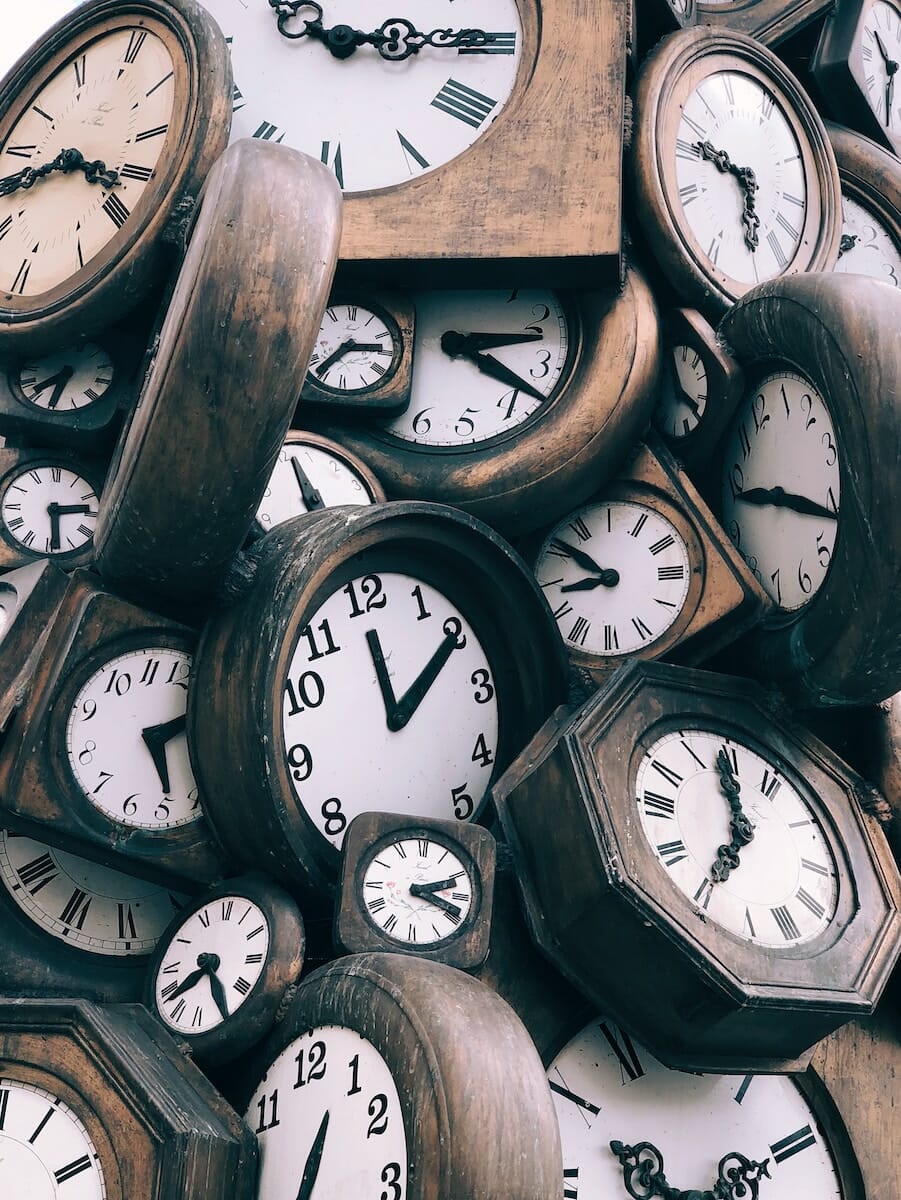Part 1
My name is Caitlin, and I’m the program director at curaJOY. I was also diagnosed with ADHD and a mood disorder at age 31, after 15 years of misdiagnosis and a lifetime of feeling somehow “behind glass” in social situations. This post will be part of a series on under- and late-diagnosis in women and girls.
This is the beginning of my story.
For me and thousands of other women and girls, we slipped through the cracks because we didn’t fit into the existing framework of autism or ADHD or learning differences. “Those are for boys!” (Spoiler alert: they are not just for boys. Girls are encouraged to blend in and cooperate, and subsequently develop the double-edged sword of a skill known as “masking”, or attempting to behave in “typical” ways. Masking is exhausting and harmful to neurodivergent folks, but some level is necessary for survival.)
There are a great many myths surrounding learning disabilities and neurodivergence in girls and women, and all of them are damaging – these falsehoods are the reason why many females slip through the cracks and subsequently suffer silently as their shortcomings pile on, completely unaware that clear causation exists, and that it isn’t their fault. The resulting feelings of shame, self-loathing, and confusion contribute to misdiagnosis as well – the impact of these feelings and a lack of a sense of belonging often present as depression and anxiety. They represent the tip of the iceberg,
Living in a world in which everything seems to come more easily to everybody but oneself, where one is often blamed for their shortcomings, will certainly make a person depressed and anxious.
How does one’s crippling ADHD go unnoticed in childhood? This is actually very common. For one, I was a bright kid. I tested into the Gifted and Talented (GATE) program (which is probably mainly made up of neurodivergent children, just saying) and spoke, read, and wrote way above my grade level. I was a competent reader before kindergarten. I was chatty and able to engage adults socially with ease. Math was easy and enjoyable until long division. My parents were generally amused by my goofy mannerisms, jokes, and ability to spout the lyrics, title, and artist of any song from any era. As a young child, I’d read way past bedtime, and I loved to spend quiet time alone, singing, acting, drawing, or playing with dolls. Quiet time alone was, and still is, my most prized possession. There are usually so many things happening in my own head that I never really truly feel alone. Alone, maybe, but not lonely.
School was a haven for me. My teachers took an interest in me, and I loved them; some classmates called me a teacher’s pet or a nerd. I struggled to figure out how to play with and talk to other kids in groups larger than 2 or 3 and my total lack of coordination made me an unpopular choice in sports. The light inside started to dim. I stopped raising my hand as much. I would wait until another student turned in the first test to turn mine in. I sometimes pretended to stumble or that I didn’t know a word when reading aloud. I had begun to learn that the way to be accepted was to act average. Unremarkable. Normal. Self-suppression came early for me, just as it does for many other neurodivergent people. After a handful of years in school, I’d already learned to be ashamed of many of the traits that made me Me. Adolescence would prove even more challenging.
Perhaps this sounds like you, your child, or someone else close to you. I’d love to hear from you if this topic resonates. To be continued…
5 responses to “Diagnosis Later in Life”
-
Thanks for sharing. I read many of your blog posts, cool, your blog is very good.
-
I don’t think the title of your article matches the content lol. Just kidding, mainly because I had some doubts after reading the article.
-
Magnificent website. A lot of useful info here. I’m sending it to a few buddies ans also sharing in delicious. And obviously, thank you to your sweat!
-
Can you be more specific about the content of your article? After reading it, I still have some doubts. Hope you can help me. https://www.binance.com/ro/register?ref=V3MG69RO
-
Thanks for sharing. I read many of your blog posts, cool, your blog is very good.





Leave a Reply